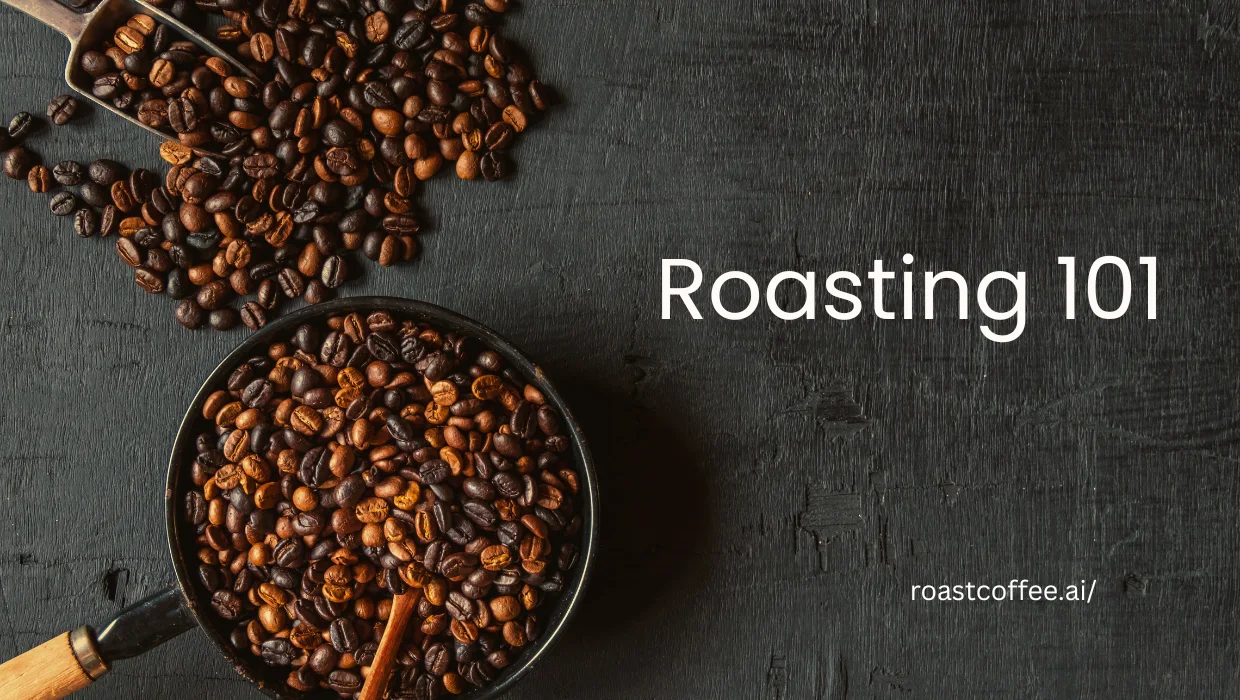Know Your Coffee Green Beans: Anaerobic Fermentation Coffees (Various Origins)
Welcome to the cutting edge of coffee! In this post, we’re exploring a revolutionary processing method that’s rewriting the rules of flavor: Anaerobic Fermentation. This technique is less about where the coffee is grown and more about how the flavor is created, producing intensely complex, often “funky,” and overwhelmingly fruit-forward cups that stand out in any lineup.
🌍 Where It Is Grown
Anaerobic fermentation is a technique applied to coffee from various high-quality origins globally, often associated with innovative producers pushing the limits of specialty coffee.
- Key Origins: Initially popularized in Central and South America (e.g., Costa Rica, Colombia, Brazil), it is now adopted by experimental farmers in Ethiopia, Indonesia, and beyond.
- Varietals & Conditions: Applied to many varietals, including Geisha, Typica, and high-quality heirlooms, where the unique processing enhances the bean’s inherent quality.
- Altitude: Typically used for high-grown specialty coffees (1,200 meters and above) to maximize the sugar content necessary for successful fermentation.
☕ What It Tastes Like
Anaerobic coffees are defined by flavors that are not typically found in traditionally processed beans. The intentional, controlled fermentation creates a profile that is bold, sweet, and intensely layered.
- Acidity: Often pronounced but rounded and smooth, with a distinct lactic or wine-like quality. The acidity is often complex, reminiscent of preserved fruit or cider.
- Body: Medium to heavy, often described as syrupy, juicy, or full-bodied, providing a decadent mouthfeel.
- Common notes: Intense tropical fruits (pineapple, mango, passion fruit), red wine or port, stone fruit (plum, apricot), sweet spice (cinnamon, clove), and a creamy, sometimes “boozy” or “fermented” complexity.
💰 Market / Price Insights
Anaerobic Fermentation coffees are positioned at the ultra-premium end of the specialty market.
- Pricing: Due to the specialized equipment, meticulous monitoring (pH, temperature, time), and the inherent risk of an experimental process, these beans command a significantly higher price than traditionally processed lots. They are often sold as micro-lots or limited-edition offerings.
- Demand: Highly sought after by adventurous home roasters and specialty cafes for single-origin offerings and competition-level brewing, indicating strong market value for successful lots.
💧 Processing Method
The defining feature is the use of a sealed, oxygen-free environment for a controlled fermentation period, typically in stainless steel tanks or sealed barrels with a one-way valve.
- Anaerobic Process: Freshly harvested cherries (whole or de-pulped) are placed in a sealed tank. The tank’s valve allows naturally produced carbon dioxide to escape, pushing all oxygen out and creating an anoxic environment. This forces the yeast and bacteria to produce unique organic acids (like lactic acid) that dramatically alter the coffee’s flavor profile.
- Variations: This technique can be applied before the final drying/hulling method:
- Anaerobic Natural: Fermented in cherry, then dried as a natural. (The fruitiest/funkiest)
- Anaerobic Washed/Honey: Fermented after de-pulping, then washed or honey-processed. (Cleaner, but still very complex)
- Control: Producers carefully monitor variables like pH, temperature, and time (ranging from 12 hours to several days) to guide the flavor development.
🔥 How to Roast It
Anaerobic coffees are best suited for lighter roasts to preserve their unique and delicate fruit and floral notes.
- For Beginners: A light to medium-light roast (City to City+) is crucial. This helps lock in the volatile, fermentation-driven fruit and wine notes without incinerating them.
- For Advanced Roasters: Controlling the heat application, particularly during the drying phase, is vital due to the beans’ unique density and the goal of preserving delicate flavors. Roasting too dark will result in a heavy, savory fermentation flavor, masking the prized complexity.
💡 Post Roasting Requirement
A rest period of 5–7 days (or even longer) is highly recommended. The flavors in these complex beans take extra time to settle and fully integrate, resulting in a cleaner, more vibrant, and balanced final cup.
😋 Flavor Profile / Tasting Notes
- Cupping Descriptors: Expect a highly aromatic cup with powerful notes of tropical fruit and wine. The taste is characterized by a bright, complex, lactic acidity, a juicy, syrupy body, and a long, memorable finish of exotic fruit, savory spice, and occasionally a soft “boozy” funk.
- Comparisons: Anaerobic coffees are often compared to the complexity of fine wine or to an intense fruit-forward natural, but with an added layer of controlled fermentation flavor.
☕ Brewing Recommendations
To highlight the clarity, complexity, and vibrant acidity, choose methods that allow for a clean filter and controlled extraction.
- Pour Over (V60/Chemex): The preferred method to enhance the clarity, showcase the bright, complex acidity, and separate the intricate layers of flavor.
- Siphon/Syphon: Excellent for maximizing the unique volatile aromatics and achieving an exceptionally clean, sweet cup.
- Espresso: Highly experimental, but successful shots result in intense, wine-like, and wonderfully syrupy espresso that is radically different from traditional blends.
A Legacy of Science and Flavor The term “anaerobic fermentation” in coffee processing is generally credited to pioneers like Sasa Sestic, the 2015 World Barista Champion, who began experimenting with sealed-tank fermentation (including Carbonic Maceration, a variation borrowed from winemaking). This scientific approach allows producers to introduce a new level of control, pushing past the limitations of traditional open-air fermentation. The result is a cup that is a bold statement, representing the future of flavor innovation in specialty coffee.
❓ FAQs
Q: What is the difference between anaerobic and traditional fermentation?
A: Traditional (aerobic) fermentation is done in open tanks or on patios, allowing oxygen to be present. Anaerobic fermentation occurs in sealed tanks with no oxygen, which forces a different set of microbes to produce unique flavor compounds (like lactic acid) not typically found in aerobic coffees.
Q: Do Anaerobic coffees taste sour?
A: A well-processed anaerobic coffee will taste complex and acidic (like a bright fruit or fine wine), but it should not taste sour or vinegary. A sour taste suggests a fault or over-fermentation.
Q: Can this process be applied to any coffee?
A: While it can be applied to many, it is typically reserved for high-quality, high-altitude beans with excellent genetics and high sugar content, as the process is complex and the high cost only justifies the use of premium green beans.
Until the next sip, keep exploring the world of coffee. Explore our roasting tips, or read about another gem in our “Know Your Coffee Green Beans” series!


